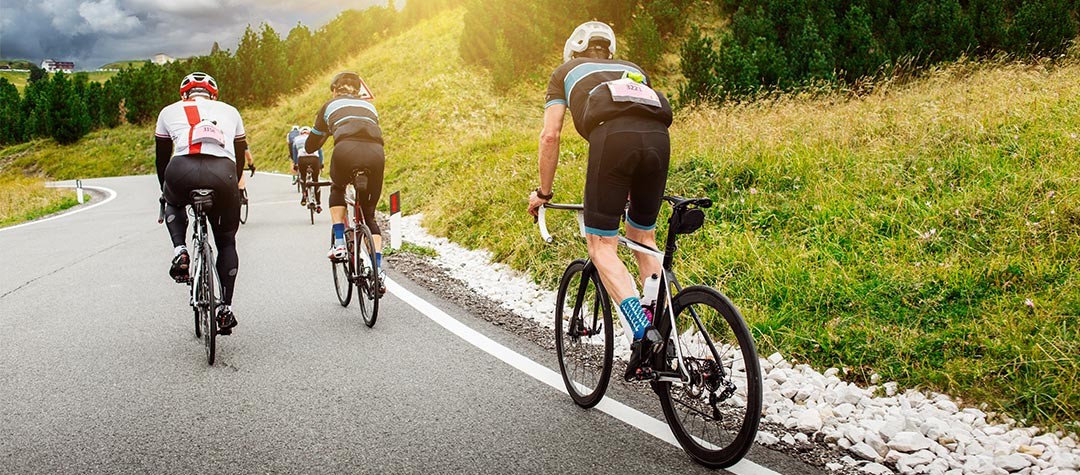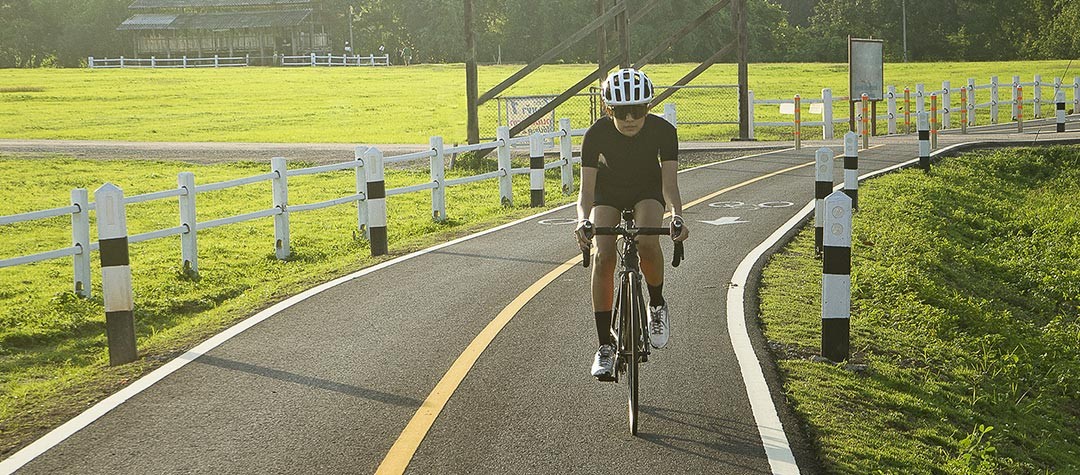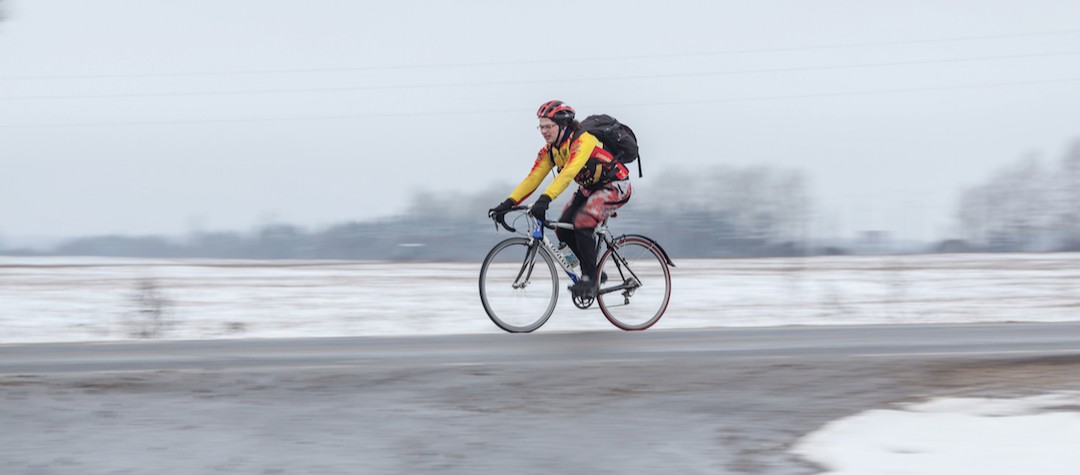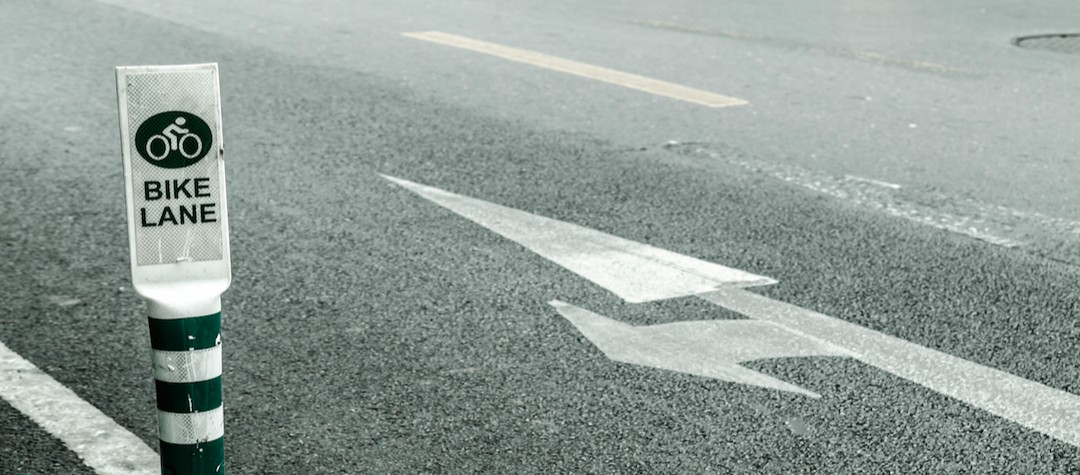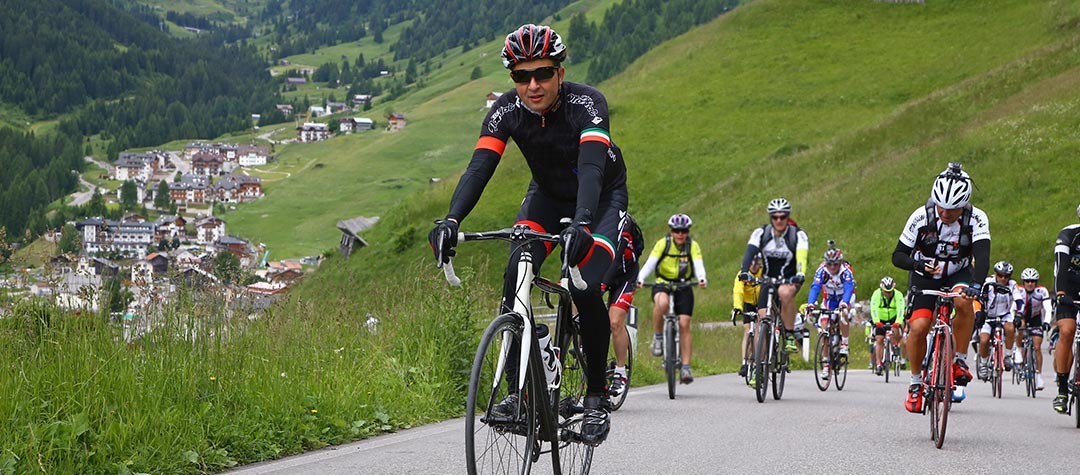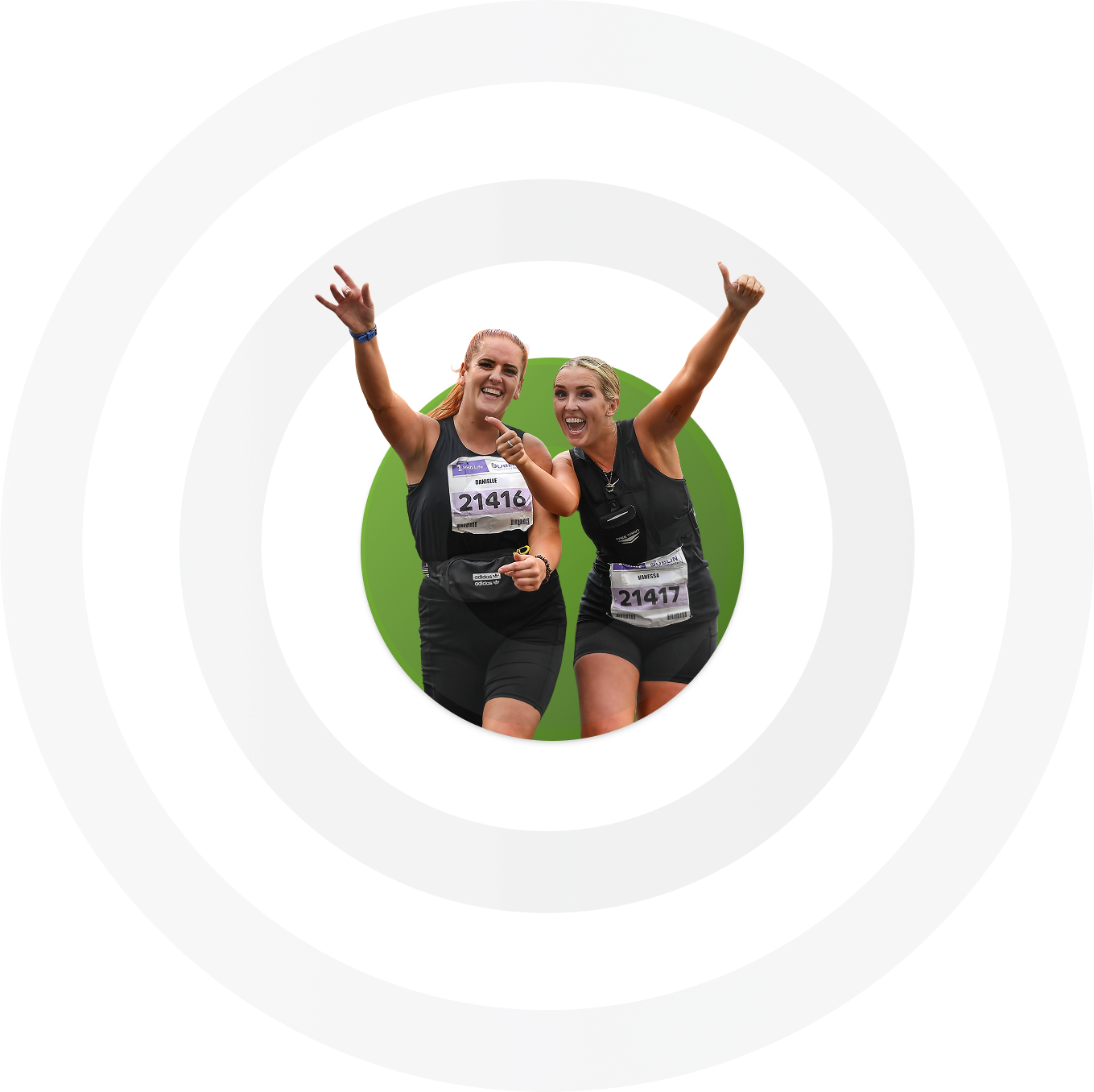Setting the right pace on your ride is vitally important. Start off too fast and you’ll rapidly run out of energy, making the rest of the ride a rather miserable, painful affair that won’t end well.
Start off too easy and you risk ending the ride regretting that you could have gone just that little bit quicker. It’s a balancing act that will become easier over time, the more you ride and further understand your body.
Ideal pacing depends on many different factors including your fitness, the distance you plan to cover, the type of terrain; is it flat or hilly or both for example? Weather conditions also play a part as does whether you’ll be riding alone or in a group. So, here’s a few handy pointers to assist you in setting the right pace.
Know your route
Being aware of the route is essential in being able to set a pacing strategy as your pace and effort will be very different on a hilly route as opposed to a flat one. Generally on a flat to gently undulating route your pace will be far more constant than that of a hilly one due the vastly different physical efforts of climbing and descending. As well as the nature of the route you need to be aware of how far you’re going. Are you riding a distance you’ve never attempted before? Being fully aware of what lies ahead will put you in a far better mental place and therefore more able to gauge the ride.
Rides of an hour or under
If you are relatively new to riding there’s simply no substitute for riding when and where you can in relation to increasing your fitness. Simply put, the more regularly you ride, the further and faster you’ll be able to go. Start off with short, modest distances of only 10-15 miles and soon you’ll soon improve. After each ride reflect on how you felt. Was it too easy or too hard? Apply this knowledge on your next ride and put it in to practice.
During these shorter rides of around an hour try upping the pace for a couple of minutes at a time, increasing your breathing somewhat but still staying in control.
During these shorter rides of around an hour try upping the pace for a couple of minutes at a time, increasing your breathing somewhat but still staying in control. Repeat this three or four times during the ride with a good 10 minutes in between. These efforts will increase your strength and, in the longer term, help improve your ability to ride at a faster pace.
Another idea is to start writing a simple diary noting the distances you’ve ridden as well as how you felt post ride. This way you can track your progress and it can act as a great motivator.
Rides of 1-4 hours
Once you feel you can attempt longer distances the ability to pace correctly becomes more important as the energy expenditure higher. You need to set a pace that your body can maintain. Let’s assume the route is an undulating one with no major hills; start you ride at a pace that feels easy, i.e. one that you know you could comfortably maintain. It may feel a little odd at first but it’s important not to set off at too fast a pace too early.
Many inexperienced riders set off on longer rides at a pace they simply can’t maintain, be patient!
Many inexperienced riders set off on longer rides at a pace they simply can’t maintain, be patient! At half distance, gauge how you feel; If you’re feeling fresh and your legs aren’t aching too much just up the pace a little and press on to the finish. It’s always better to start steady and build up the speed than the other way around.
Hills
Hills are tough. No matter how fit you are the battle against gravity is a challenging one. On longer rides make sure you don’t go too hard on the climbs. Keep your gearing low and try and maintain control of your breathing, ride within yourself. If you go too hard on repeated hills you’ll dig deeply into your energy reserves and may not recover.
The Wind
The wind is a massive factor to consider when riding so be aware of its direction. If you have a tailwind home you may actually be able to start a little harder as you plough into the headwind before being assisted home. Watch out if the wind is behind you on the first part of the ride though. Go too hard too with a tailwind and your ride home could be an arduous one!!
Solo or group rides
When riding solo you don’t have the benefit of riding in the slipstream of others so pacing is arguably far more important when out on your own. The only ‘rest’ you’ll get on a solo ride is when you decrease the pace or freewheel down a hill.
In a group when riding behind other riders you can save around 40 per cent of your energy.
In a group when riding behind other riders you can save around 40 per cent of your energy. This allows for longer periods of rest but conversely, when you are on the front, you can ride that little bit harder and go faster as you’re doing it for a shorter time before you drop back into the group again. This is why group rides are generally faster than solo rides.
Fuelling
On a ride of over an hour take some food and drink with you. More liquid if it’s warm and more food if it’s colder is the general rule. Keep topping up your fuel stores or you’ll rapidly deplete them. Get into the habit of eating something every 20 minutes or so, especially on longer rides. Carbohydrates are better than foods heavy in sugar. Little and often is the way to go.
The more you ride the more your body will become increasingly efficient at burning fuel; either fat or carbohydrates. (Fat is used as fuel at lower aerobic intensity whilst carbohydrates are used during increased intensity) You’ll also improve your ability to store carbohydrates.
Computers and heart-rate monitors
These aren’t necessarily essential when you are just starting out but they can help guide you. A cheap computer will help keep track of the miles and average speed and even act as a way of breaking the ride down psychologically for you as you can tick off the miles as you go.
A heart-rate monitor is a great tool in relation to watching the effort you are making (known as exercise zones). There are online guides that can assist you in obtaining/setting your own personal parameters and once these are set you can gauge your appropriate effort level. Beware, don’t become a ‘slave’ to the computer or heart rate monitor! They are wonderful tools just don’t rely on them entirely. Of course they’ll assist you, but ultimately pacing is about understanding yourself!
